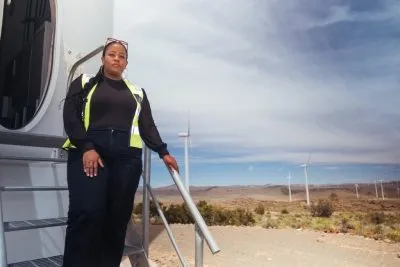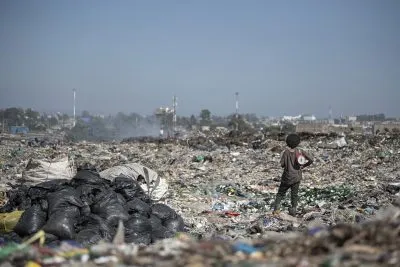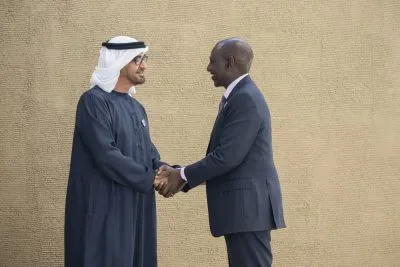The South African manufacturing sector remains stagnant, with weak growth and a low rating in the Purchasing Managers Index (PMI), the measurement of the health of the manufacturing sector.
However, the government hopes that special economic zones (SEZs) can boost growth and create more jobs by offering manufacturers tax incentives. Chinese firms have unveiled substantial investment plans and the government is committed to providing the required infrastructure.
South African manufacturing output fell 1.1% in the three months to November 2016 compared to the previous three months, according to Statistics South Africa (SSA), the official state statistical organisation. In addition, Barclays’ PMI fell from 48.3 index points in November to 46.7 in December. Any figure below 50 suggests a contraction.
Philippa Rodseth, executive director at the industry trade group Manufacturing Circle, said: “South Africa’s gross domestic product growth rates remain marginal, and this, in turn, negatively impacts on the demand for manufactured products.”
Barclays reported that suppliers were operating “way below” capacity, with only the export sector offering signs for optimism. This could be a reflection of the sustained weakness of the Rand, which makes South African goods cheaper in the rest of the world. Pretoria is hopeful that potential exporters will take advantage of the weak currency to invest in SEZs.
Chinese investment
The SEZs have received some backing in recent months from Chinese companies. Most recently, in November, Yangtze Optics Africa Cable (YOAC) completed the construction of its R150m ($11.1m) plant in Dube Trade Port with initial production capacity of 1m fibre kilometres a year.
YOAC is a joint venture between Yangtze Optical Fibre and Cable Joint Stock Limited Company and South Africa’s Mustek Ltd. Output will be sold in South Africa itself and also exported to East and West Africa.
Located 30km north of Durban and next to King Shaka International Airport, Dube is focusing on attracting light manufacturing investment, including in electronics, fashion and agricultural research. It has a direct link to the airport’s Dube Cargo Terminal via an elevated cargo conveyor system
At the opposite end of the manufacturing scale, a consortium of Chinese companies led by Hong Kong Mining Exchange Company is investing R40bn ($2.9bn) in the Musina-Makhado SEZ in Limpopo Province in the far north of South Africa. Full details on the project have not yet been released but the focus will be on heavy industry, with large volumes of raw materials required, including iron ore from the Northern Cape, manganese, and coal from the Waterberg Basin.
Five SEZs
Musina-Makhado and Dube Tradeport were two of the five SEZs established by the SEZ Act of 2014, alongside Coega and East London in the Eastern Cape; and Richards Bay in KwaZulu-Natal. Minister of Trade and Industry Rob Davies said: “The Special Economic Zones Programme is aimed at accelerating economic growth and development in designated regions of the country. The key measures of performance for the programme include increasing foreign and domestic direct investments, increasing value-added exports, creating jobs, building industrial clusters and regional industrial hubs.”
The advantages on offer to investors in SEZs include a low corporation tax of 15% and a range of other tax reliefs. Critics argue that the zone will divert investment from other parts of the country and allow private sector firms to benefit from state investment in infrastructure while reducing their tax burden. However, many similar schemes in other parts of the world have been considered successful.
The Coega industrial development zone (IDZ) is the biggest SEZ in the country, despite a shaky start. It was designated an IDZ in 2001 with the expectation that an aluminium smelter would be developed as its anchor tenant. However, global oversupply of aluminium saw the project delayed and eventually dropped.
However, attracted by the new port of Ngqura at the heart of the zone, companies in the agro-processing, automotive, aquaculture, energy, metals, logistics and business process sectors have all invested in Coega. Ngqura is also establishing itself as a transhipment port on the key shipping route between Asia and the Atlantic Ocean.
Neil Ford
Want to continue reading? Subscribe today.
You've read all your free articles for this month! Subscribe now to enjoy full access to our content.
Digital Monthly
£8.00 / month
Receive full unlimited access to our articles, opinions, podcasts and more.
Digital Yearly
£70.00 / year
Our best value offer - save £26 and gain access to all of our digital content for an entire year!

 Sign in with Google
Sign in with Google 





